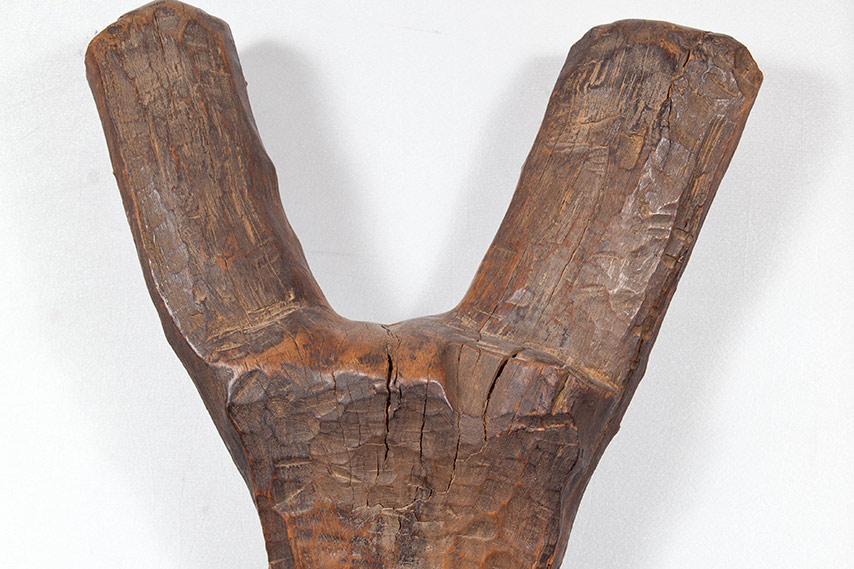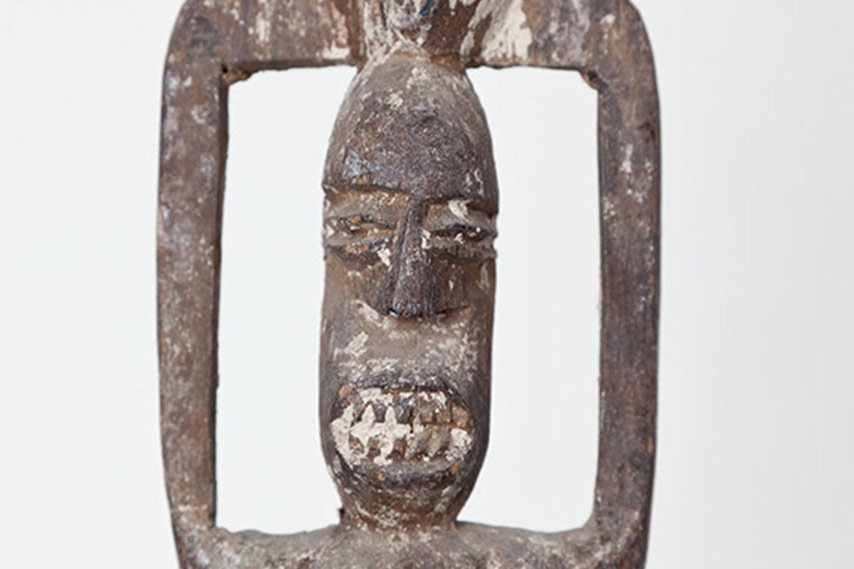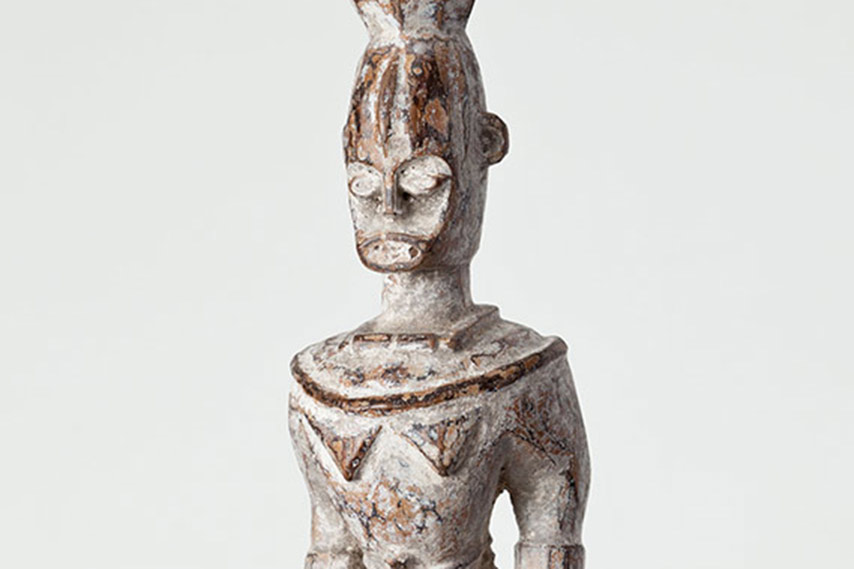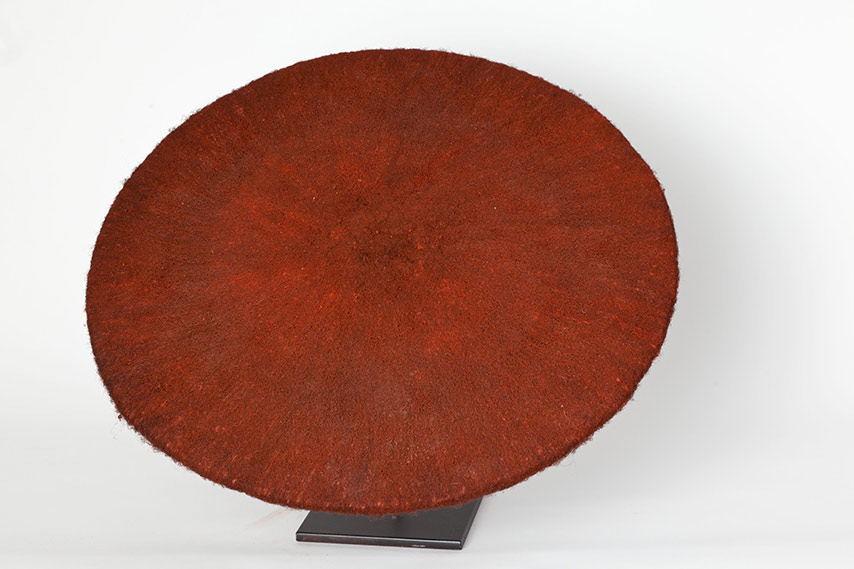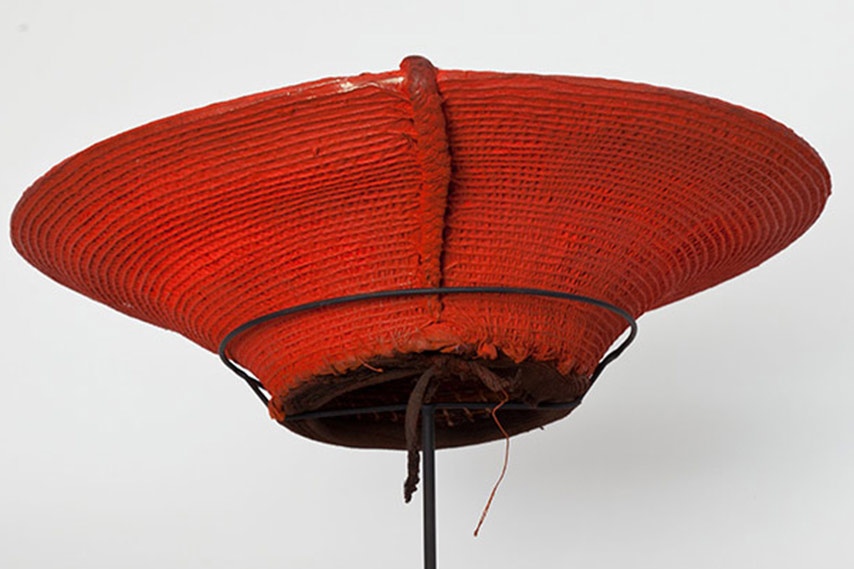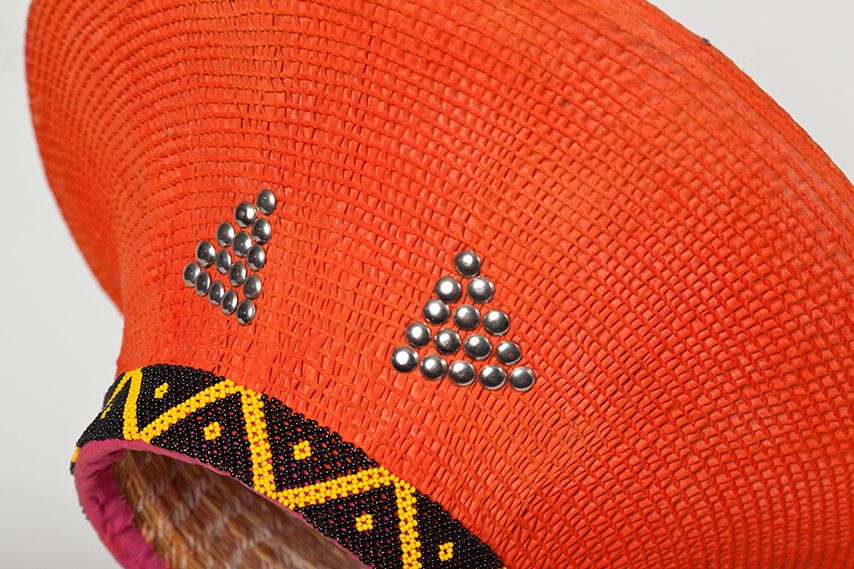Personal Objects
Personal objects can range from utilitarian items used to make everyday life easier to objects that give prestige to the user and heighten an individual’s sense of identity. The latter objects can be more modest than carved masks and sculpted figures, but this is not always the case (see the pipes in the PLU Collection). The former are often seen as merely for household use and thus less appreciated in African art (see the granary ladder in the PLU Collection). The African art pieces in this broad category include unassuming objects such as furniture (stools, chairs, headrests), containers (bowls, cups, storage jars) and implements (spoons, comb, adzes)—even doors. However, personal objects can also be quite ornate. Regardless of their use, such objects have nevertheless been subject to aesthetic judgments by their makers and buyers, and each serves a particular function. Whether used for ritual or ceremonial purposes or not, these anonymously made objects demonstrate the skill and ingenuity of their makers. Whether made of clay, wood, grass, fiber, hair, animal skin or some combination of these elements, these objects can also be constructed in intricate shapes or include complex designs or ornamental elements. After much use, such objects may reveal beautiful wear, called patina.
While PLU’s Collection does not contain any furniture; containers; or implements, stools or chairs, it does include two staffs, two pipes, three hats and a granary ladder. Whereas the latter two are clearly of the useful and utilitarian variety, the staffs and pipes are better seen as honorary objects that commemorate their owners’ special status. Within African societies, whether hierarchical (socially stratified) or egalitarian, certain individuals are sometimes identified as notable for having particularly valued knowledge and wisdom, or having accomplished feats worthy of special note. This can be anything from respect for political leadership or wisdom in conflict resolution, to awe of strength or respect for agricultural or herding skills. These individuals may then be identified with an object that marks their special status within the community.
For more information:
Ravenhill, Philip L. The Art of the Personal Object. Washington, D.C.: Smithsonian National Museum of African Art, 1991.
Sieber, Roy. African Furniture and Household Objects. Bloomington, IN: Indiana University Press, 1988.



